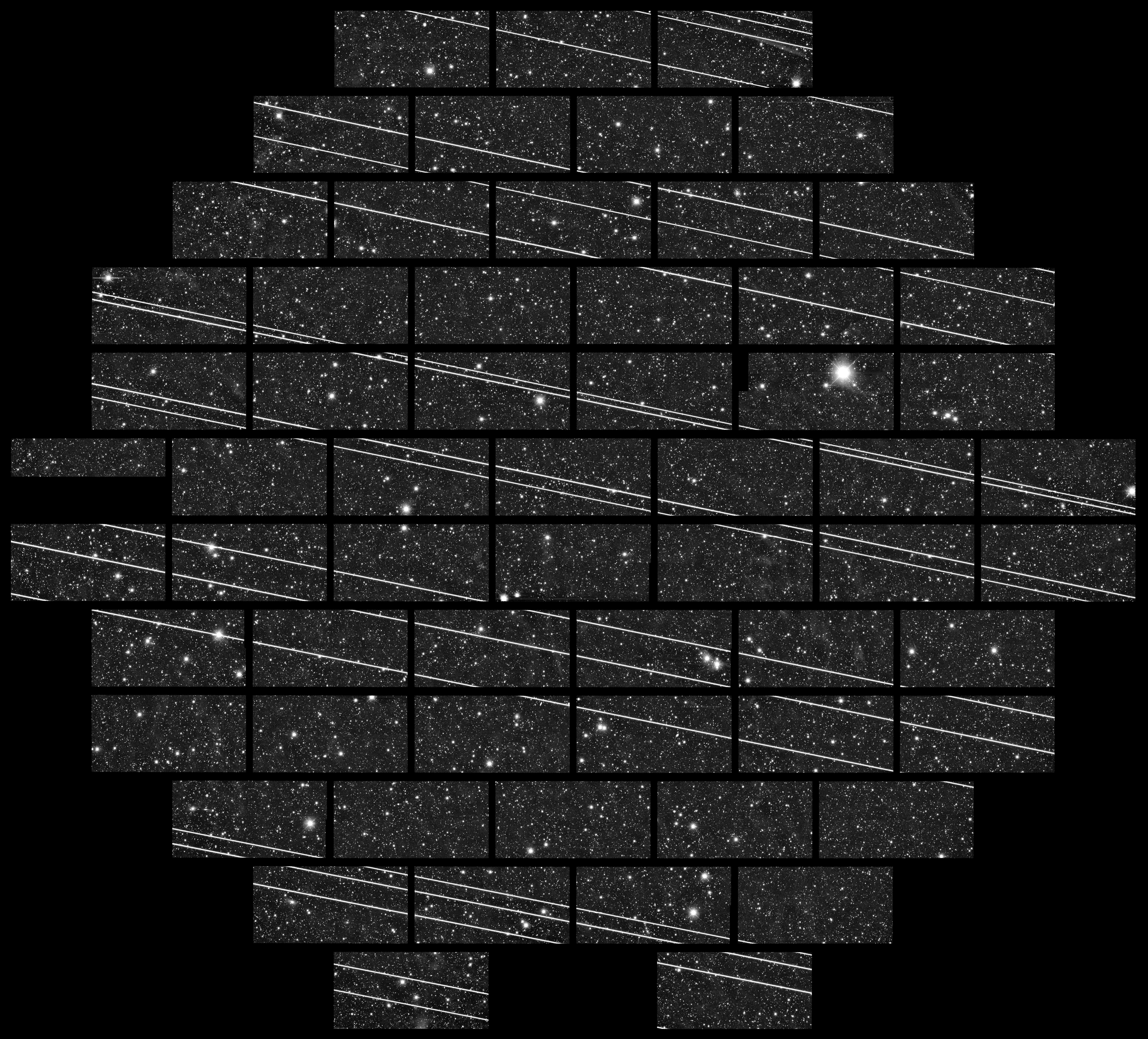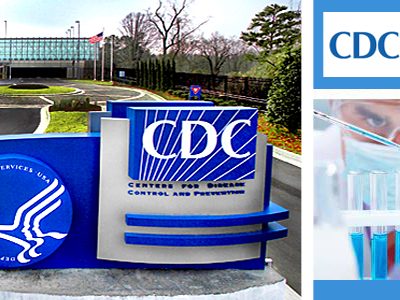Catch 22 at the Supreme Court
When “All-encompassing” Isn’t
There is quite a bit to unpack with West Virginia v. EPA. I will leave to others a discussion of “major question doctrine” and other aspects of the West Virginia case. I want to focus on the disingenuous way the Supreme Court deals with a previous ruling, and its implications for states.
In 2011, in AEP v. CT, the Supreme Court said this:
We hold that the Clean Air Act and the EPA actions it authorizes displace any federal common law right to seek abatement of carbon-dioxide emissions from fossil-fuel fired power plants. Massachusetts made plain that emissions of carbon dioxide qualify as air pollution subject to regulation under the Act. 549 U. S., at 528–529. And we think it equally plain that the Act “speaks directly” to emissions of carbon dioxide from the defendants’ [coal power] plants. Section 111 of the Act directs the EPA Administrator to list “categories of stationary sources” that “in [her] judgment . . . caus[e], or contribut[e] significantly to, air pollution which may reasonably be anticipated to endanger public health or welfare.” §7411(b)(1)(A). Once EPA lists a category, the agency must establish standards of performance for emission of pollutants from new or modified sources within that category. §7411(b)(1)(B); see also §7411(a)(2). And, most relevant here, §7411(d) then requires regulation of existing sources within the same category.
Now, in West Virginia v. EPA, the Supreme Court said this:
The dissent also cites our decision in American Elec. Power Co. v. Connecticut, 564 U. S. 410 (2011). Post, at 20. The question there, however, was whether Congress wanted district court judges to decide, under unwritten federal nuisance law, “whether and how to regulate carbon- dioxide emissions from powerplants.” 564 U. S., at 426. We answered no, given the existence of Section 111(d). But we said nothing about the ways in which Congress intended EPA to exercise its power under that provision. And it is doubtful we had in mind that it would claim the authority to require a large shift from coal to natural gas, wind, and solar. After all, EPA had never regulated in that manner, despite having issued many prior rules governing power plants under Section 111.
That description of the holding in AEP v. CT is not consistent with the finding that displacement occurs with an all-encompassing statutory scheme and remedy. Here’s what Justice Kagan said about the AEP holding in the West Virginia dissenting opinion:
About a decade ago, we recognized that Congress had “delegated to EPA” in Section 111 “the decision whether and how to regulate carbon-dioxide emissions from powerplants.” American Elec. Power, 564 U. S., at 426. To stress the key word (because the majority seems to miss it, see ante, at 26–27): not merely “whether” but also “how.” In making that delegation, we explained, Congress knew well what it was doing. Regulating power plant emissions is a complex undertaking. To do it right requires “informed assessment of competing interests”: “Along with the environmental benefit potentially achievable, our Nation’s energy needs and the possibility of economic disruption must weigh in the balance.” 564 U. S., at 427; see §7411(a)(1) (instructing EPA to consider “energy requirements,” “cost,” and other factors). Congress specifically “entrust[ed] such complex balancing to EPA,” because that “expert agency” has the needed “scientific, economic, and technological resources” to carry it out. 564 U. S., at 427–428. So the balancing—including of the Nation’s “energy requirements”—that the majority says EPA has no “comparative expertise” in? §7411(a)(1); ante, at 25. We explained 11 short years ago, citing Congress, that it was smack in the middle of EPA’s wheelhouse.
Here’s why it’s disingenuous. In AEP, 8 states (including California – I was counsel of record) sued the 7 largest owners of coal fired power plants for public nuisance resulting from emissions of greenhouse gases from their power plants. The action was brought under a narrow area of federal common law that still exists – for interstate pollution: pollution that crosses state lines. The federal common law cause of action can be “displaced” (similar to preemption) if Congress has established an all-encompassing regulatory program, supervised by an expert administrative agency, to deal comprehensively with the interstate pollution.
In West Virginia, the court has now determined that Congress did not speak to regulating greenhouse gas emissions from coal fired power plants in a manner that allows emissions reductions that are not through direct control of emissions (as opposed to a systemic approach that potentially replaces a portion of the power generated from coal with less polluting sources).
So, here we are: States cannot sue coal plant owners under federal common law because the Court determined that there is an all-encompassing regulatory system that provides the states with remedies. But that all encompassing regulatory system does not include the ability for the federal government—and certainly not states– to take any action against GHG emissions that does not involve site-specific pollution control.
Milo Minderbinder would be very pleased.







Reader Comments